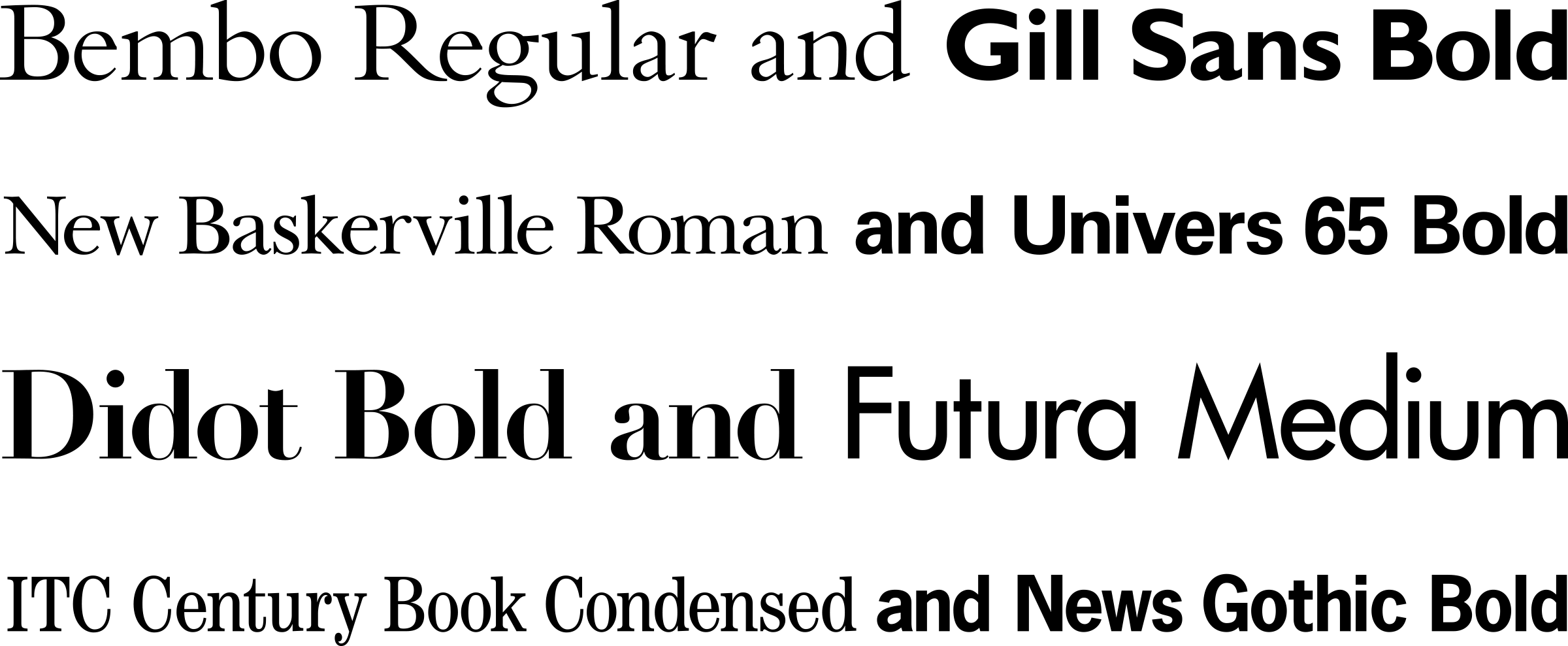Serif
Oldstyle
Transitional
Modern
Egyptian
Slab Serif
Sans Serif
Humanist
Grotesque
Geometric
Square
Novelty
Blackletter/Uncial
Antique
Arts & Crafts
Nouveau
Deco
Fat Face
Glyphic
Script
Casual,
Calligraphic,
Formal
Comics
Digital
Grunge
Kids/Crayon
SciFi

